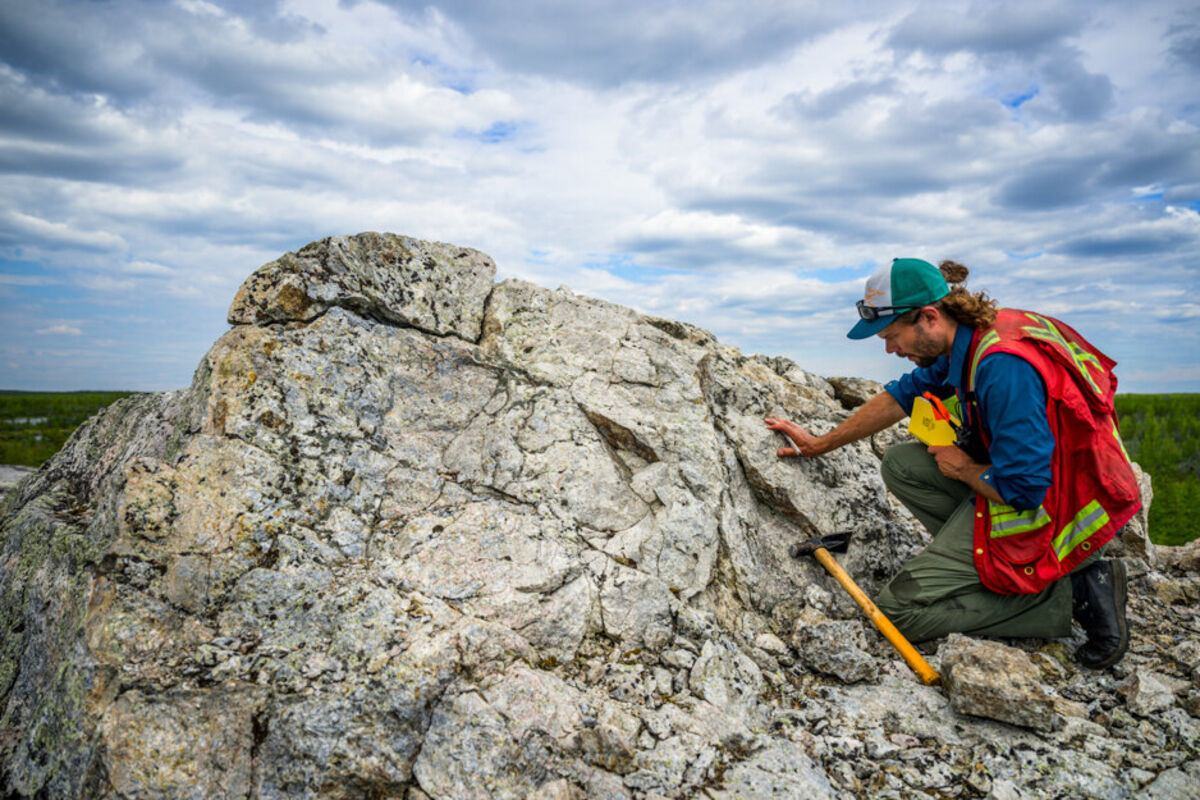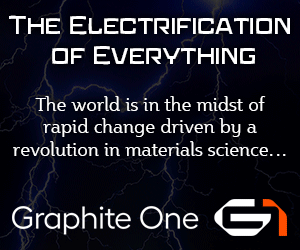Echo reverbs promising results for Li-FT
North of 60 Mining News - March 22, 2024
Last updated 4/4/2024 at 12:41pm
First assays from southeast extent of Echo, returns above-average lithium grades.
Li-FT Power Ltd. March 19 reported its next batch of assays from its winter program, returning the first results from the southeast end of the Echo pegmatite system at its Yellowknife Lithium project in Northwest Territories, Canada.
Acquiring a large portfolio of properties in the underexplored Yellowknife Pegmatite Province (YPP) in January 2023, Li-FT began its first season with a 34,238-meter drill program just a few months after its inception.
Comprising a 141,572-hectare (349,832 acres) land package, the Yellowknife Lithium project covers some of the most prospective targets found within the YPP. Consisting of 11 properties divided into two groups – five in a road-accessible area immediately east of Yellowknife (Near Field Group) and a cluster of six about 50 kilometers (30 miles) further east (Further Afield Group). Li-FT has been doggedly exploring this property and has continued to roll out assays consistently for the last several months.
Kicking off its 2024 winter campaign before the final assays of 2023 could roll in, Li-FT targeted a new 18,400-meter drill program that continues to return elevated lithium oxide from surface downwards, sometimes, several hundreds of meters.
The latest release includes eight holes completed at Echo as well as Fi Main, Fi Southwest, and Nite pegmatites.
"We are pleased to see the first results from the southeast end of the Echo pegmatite system where holes 223 and 226 intercepted strong shallow spodumene mineralization averaging 1.55% Li2O over 14 meters and 1.45% Li2O over 13 meters, respectively," said Li-FT VP of Geology Dave Smithson.
The Echo complex comprises a fanning splay of moderate to gently dipping dykes for roughly 500 meters to the northwest, apparently sourced from a steeply dipping, northwest-trending feeder dyke.
Holding a total strike length of over 1,000 meters, the feeder is approximately 10 to 15 meters wide whereas the gently dipping dykes in the splay are thicker, ranging from 10 to 25 meters wide.
"Geological mapping at this portion of the Echo pegmatite system in 2023 reveals that there is still an additional 500 meters of strike-length of spodumene-bearing pegmatite that remains untested for follow-up drilling, and so we are very excited to build these initial results by testing the remainder of the dyke to the southeast, to a depth of 250 meters from surface," said Smithson.
The full results from the latest batch of assays include:
• 10 meters averaging 0.93% lithium oxide from a depth of 16 meters in hole YLP-0217 (Echo).
• 14 meters averaging 1.55% Li2O from 20 meters in YLP-0223 (Echo).
• 13 meters averaging 1.45% Li2O from 34 meters in YLP-0226 (Echo).
• 14 meters averaging 0.97% Li2O from 181 meters in YLP-0219 (Fi Main).
The company reports that no significant results were returned from any of the core drilled at Nite and Fi Southwest.
YLP-0223 was the first hole reported from the Echo feeder dyke and was drilled to test 250 meters from its northern mapped extent and 25 meters below surface. YLP-0226 was collared 50 meters south of 0223 to test the feeder 300 meters from its northern mapped extent and also 25 meters below surface.
YLP-0217 was collared 100 meters northwest of the Echo feeder to test the splay about 400 meters from its northwest mapped extent. Aiming for between 25 and 100 meters below surface, drilling intercepted various intervals of spodumene mineralization.












Reader Comments(0)